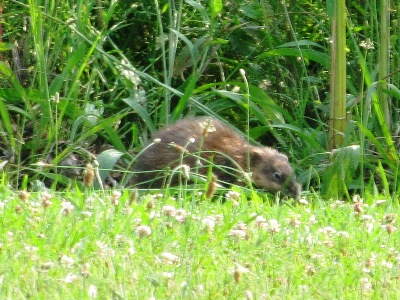
In North America, an increasing amount of wildlife is becoming urbanized. Urban wildlife includes mammals, birds, reptiles, fish, and other wild creatures. Although many interactions are accidental, some animals choose to remain in urban settings.
Causes
A number of reasons have been cited for why wild creatures are found in urban areas. In some cases, animals encounter civilization along their migratory paths. In other situations, wildlife are forced to live in urban areas because human encroachment has overtaken their traditional territories. In many areas, resources such as food, water, and shelter attract wildlife.
Risks and Benefits
Humans experience benefits as well as risks when wild animals reside in populated areas. Many of these consequences are debated as communities set policies related to urban wildlife and human-animal interactions.
Benefits
– wildlife can add beauty and diversity to human communities.
– animals help control vegetation, insects, and other animals.
Risks and Dangers
– animals are sometimes involved in vehicle-related accidents
– some types of wildlife is known to spread diseases, including rabies, influenza, Lyme’s disease, etc.
– wildlife can damage human property.
– in rare cases, wild animals attack humans.
Urban Species
Urban wildlife species range in size from tiny sparrows to moose and other large mammals. Mammals, birds, reptiles, fish, and other creatures are all known to exist in urban areas.
Antlered Mammals
– deer
– elk
– moose
Rodents and Other Small Mammals
– beaver
– muskrat
– groundhogs
– squirrels
– chipmunks
Predators
– foxes
– raccoons
– opossums
– coyote
– cats
– skunks
Birds
– ducks and geese
– gulls
– hawks
– pigeons and doves
– sparrows
Reptiles
– turtles
– alligators and crocodiles
– native snakes
– invasive snakes
Fish
– bass and sunfish
– stocked trout
– carp
– catfish
– goldfish – koi
Best Practices
– keep a safe distance between humans and animals
– avoid feeding, attracting, capturing, or releasing wild animals in urban areas
– when wild animals or humans are at risk, contact local fish and game agencies